A Brave New Material World
Biodegradable sequins that actually shine; a knitted belt made entirely from seaweed; a pair of shoes made from an Amazonian leaf; leather made from apple peel and endless applications for pineapple leaves and other waste products from the food industry that would otherwise end up as compost or going straight into landfill. The material world has never been quite so surprising – and newsworthy.
As we all know, the textile and fashion industry is one of the most polluting industries in the world, when you take into account the fact that it touches so many other industries including agriculture, petroleum, forestry, construction, shipping, forestry, manufacturing, tanning. Its emissions are estimated to contribute to 10 per cent of the world’s CO2. And after a recent report by the UN warning that we have just 12 years to limit climate change catastrophe and keep temperature rise between 1.5-2 per cent, suddenly, the choice you make when you are deciding whether or not to buy a new hoodie, is of utmost importance.
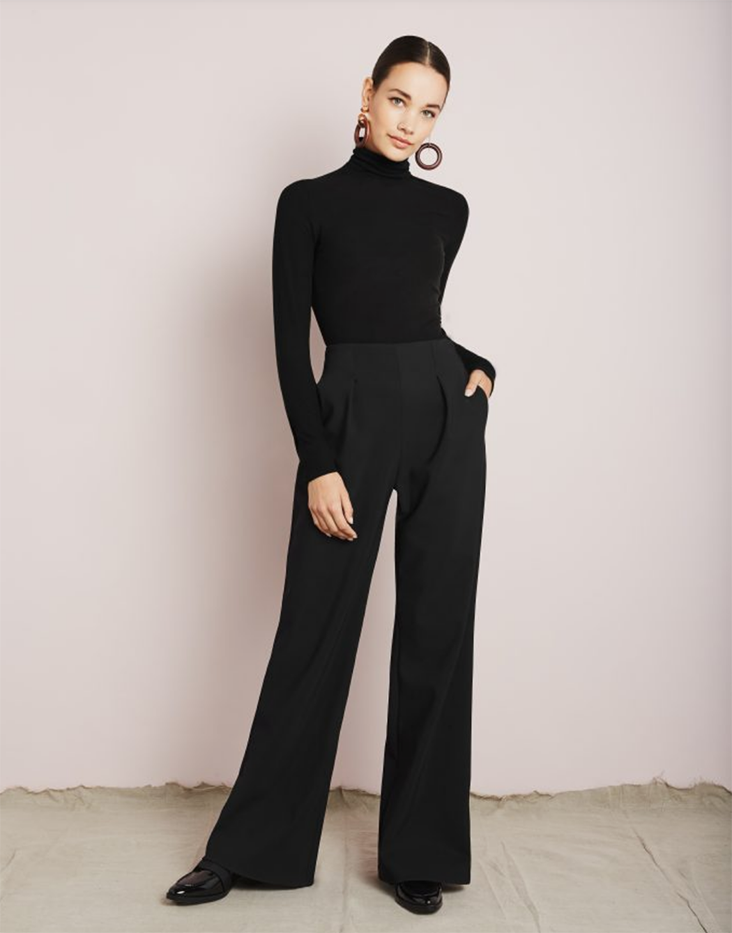
Dai / Black Top made out of 94% Micromodal, environmentally produced by Lenzing™ in Austria from the pulp of wood regenerated into fibers
Pioneers in the textile industry are frantically looking to find more sustainable alternatives to impossibly thirsty cotton, oil based synthetics, leather and the associated toxic tanning that goes with it, and microfibre shedding polyesters – fabrics we have come to rely upon and which make up the highest percentage of fibres in our wardrobes.
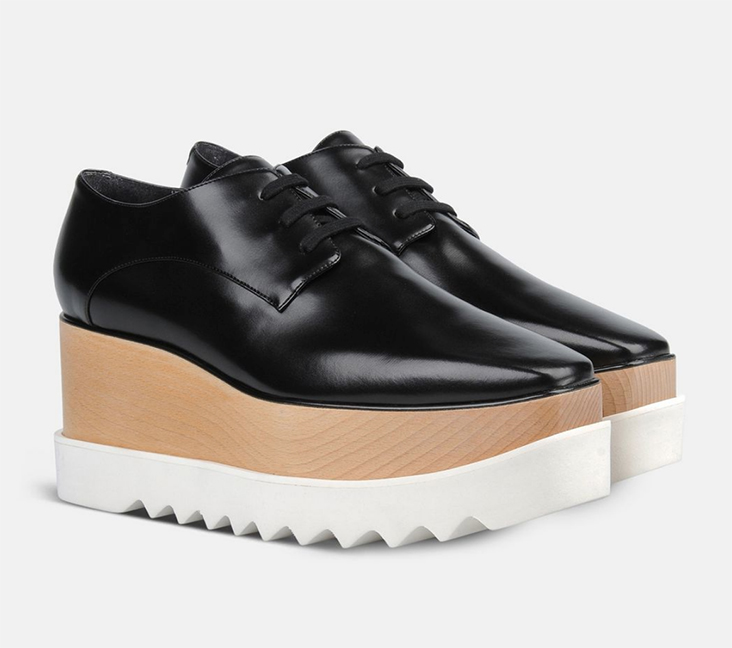
Stella McCartney/ Black Elyse Shoes created from non-leather, cruelty-free materials using highly skilled manufacturing techniques. Upper: 60% polyurethane, 40% polyester, Sole: Wood
I recently found myself at the epicentre of textile innovation and sustainable thinking at the Future Fabrics Expo, a two day event in London at the end of January, designed to showcase best practice in textiles. And oh, what an inspiring, creative place to be. Biotech scientists rubbed shoulders with fashion designers, activists for climate change found themselves comparing the handle of leather made from grapes or apple peel, and research analysts took centre stage to explain the thinking behind Dame Ellen MacArthur’s recent report into A New Textiles Economy, an ideal world where use of virgin fibres is eliminated in favour of materials that are caught up in a state of perpetual circularity, recycled and regenerated to reduce the excesses of waste, overproduction and profligate plastic usage that is now the industry norm. If the idea of this textiles nirvana seemed in any way unreachable before this expo, by the end of it, with the combined passion, optimism,
knowledge and creativity of the thousands of industry insiders who visited from around the world, it seemed suddenly, hopefully, inevitable.
Some of the fabrics on show are already making a difference. Tencel, a clean and sustainable alternative to the environmentally challenging viscose is already a brand name worth looking out for when you are shopping on the high street. Organic cotton is fairly widely available too, (along with recycled cotton) and increasingly, you can find recycled
polyester and waterless denim. But there are so many other innovations in the pipeline that we can look forward to seeing in the next few years.

Matt & Nat make their bags out of vegan leathers using eco-friendly materials like recycled nylon, cork and rubber. All their linings are made of 100% recycled bottles/ Holiday 2018 Campaign
As consumers – and makers – it’s important we understand what these new fabrics are, how they are made, and why we should be asking for them – and investing in them when they become available. That’s why we are starting this series of features looking at the new material world, examining some of these new fibres more closely and explaining what they
are and why they matter, to give a glimpse into a better future for our wardrobes.





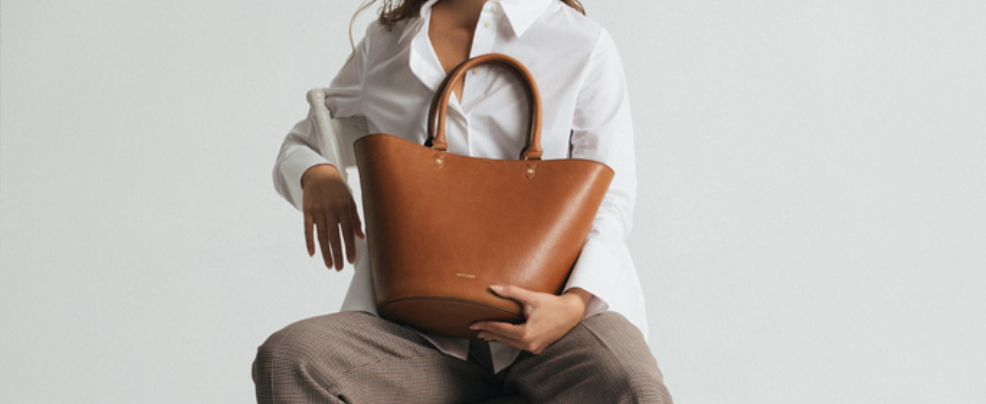
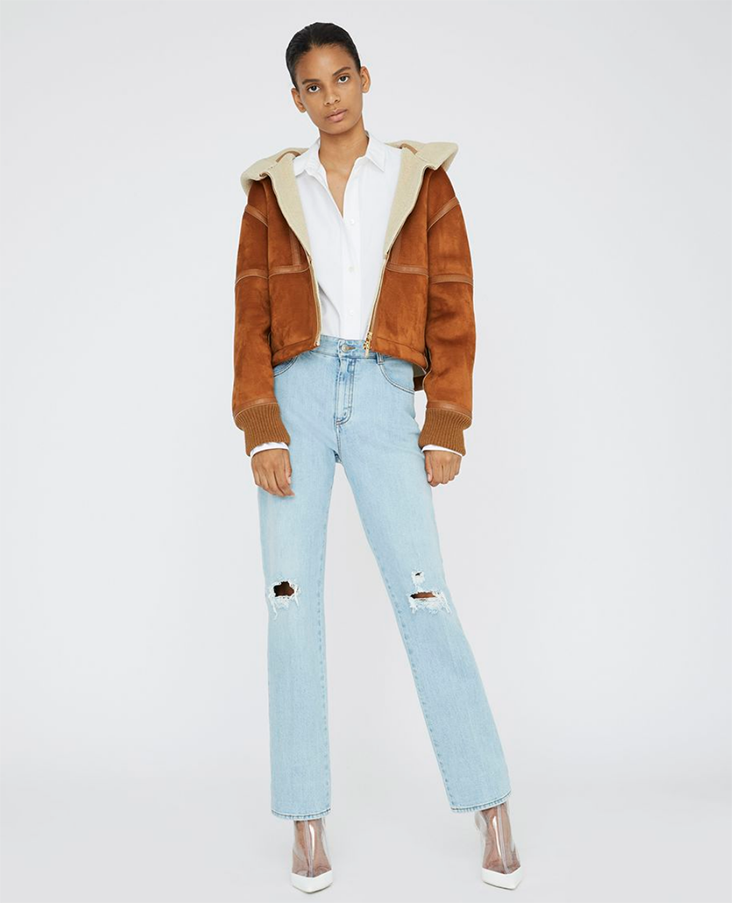
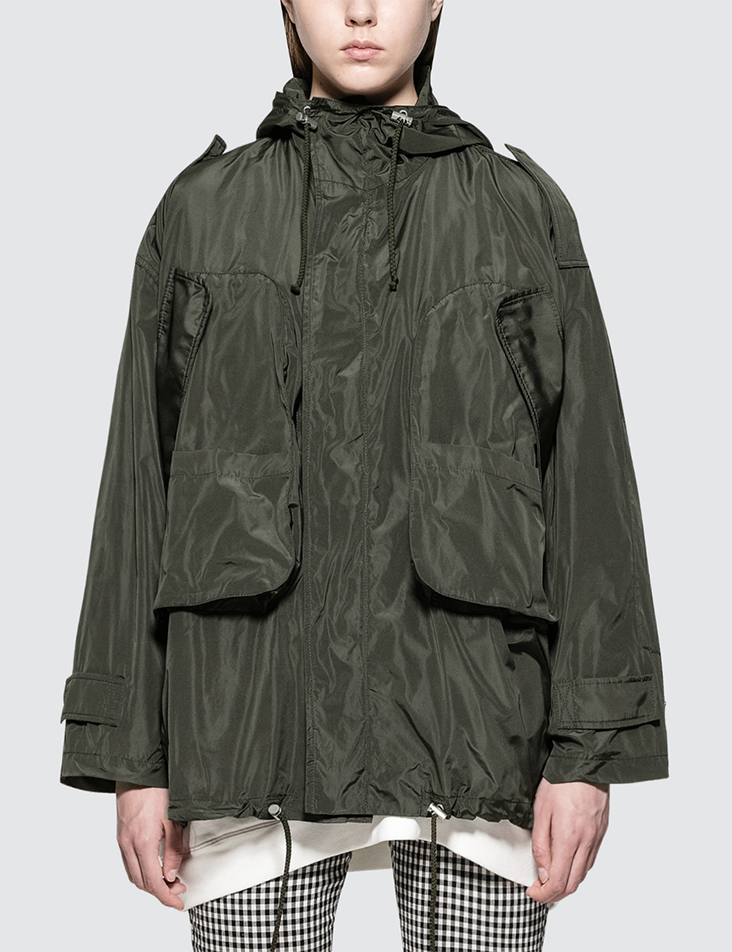







































One Comment
Myuph Shop
A wonderful read! And let’s bring hemp fabrics to fabrics-store.com! Soon!